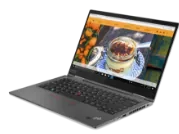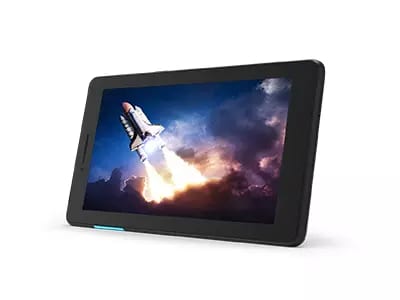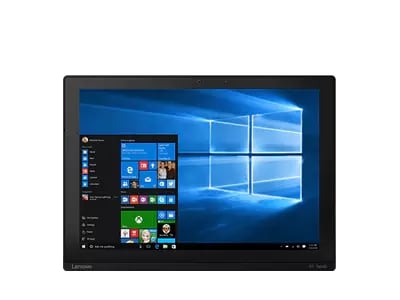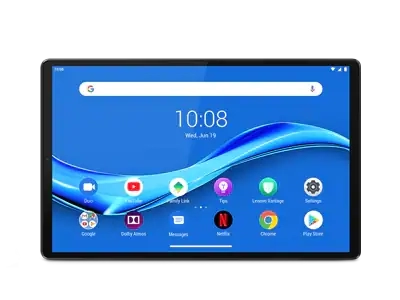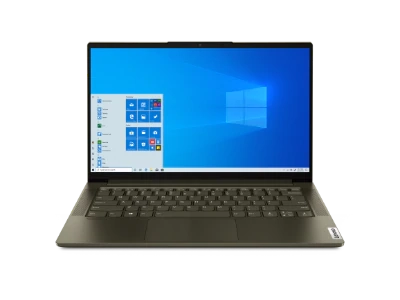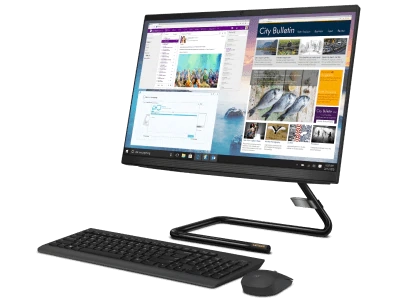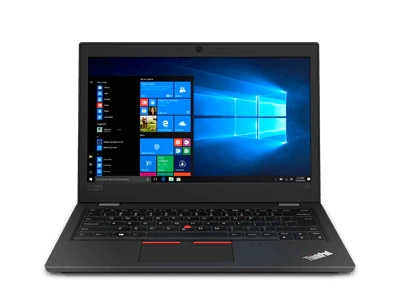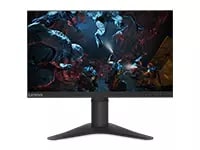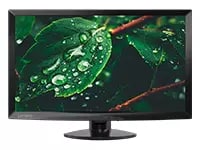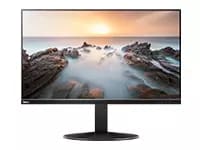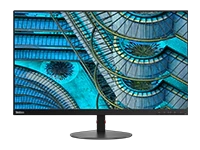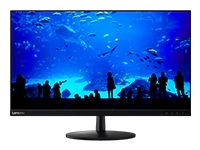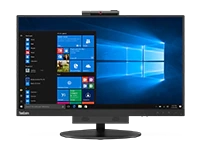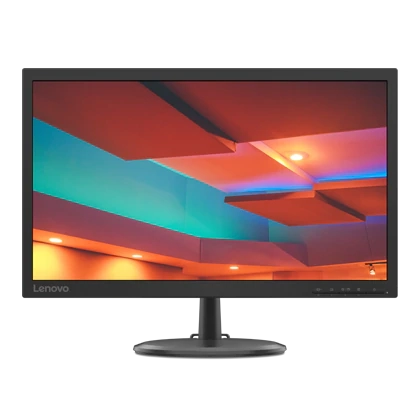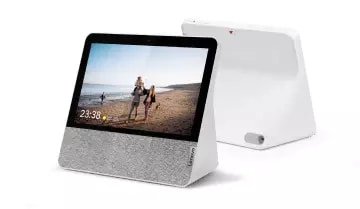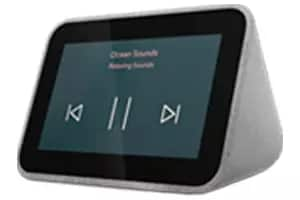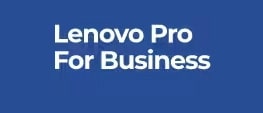How can I update my browser's homepage?
Internet browsers are preloaded with a default homepage, often Google.com or Bing.com, which opens upon launching your Web browser. These preset pages can be easily changed to launch a default homepage of your choice. The steps for changing the default homepage vary slightly depending on your Internet browser.
Mozilla Firefox users can change their homepage on the menu bar at the top of their browser's homepage. Click the "Tools" menu then select "Options". On the options screen, select "General" from the menu options along the top of the screen. Within the "General" screen, next to "Home Page," type in the web address they would like to be their new homepage then click "OK" to save the changes.
To change your homepage in Google Chrome, open your Chrome browser and click on the menu icon represented by three lines on the top right corner of the screen next to the Web address input field. Choose "Settings" from the drop-down options. In the "Settings" screen, check the box labeled "Show Home button". Once the box is checked, click the "Change" button located next to the address shown below the Show Home button. Change the address to your preferred homepage.
Internet Explorer can be changed in similar fashion to Mozilla Firefox. Start by launching Internet Explorer and on the menu bar at the top of your browser's home page, click the "Tools" menu. Under the "Tools" menu, select "Internet Options". On the options screen, select "General" from the menu tabs along the top of the screen. Within the "General" screen, you will see a text box under the heading "Home Page". Within the text box, type in the web address you would like as your default homepage then click "Apply" to save the changes.
What is a homepage?
A homepage is the first page that typically shows up when you open your Internet browser. An Internet browser such as Mozilla Firefox, Internet Explorer and Google Chrome is preloaded with a default homepage, often Google.com or Bing.com, which appears when a user launches their web browser. From your browser's homepage, you can type in a web search in the search field or you can directly type in the website address (also called the URL or uniform resource locator) into the browser's address bar at the top of the homepage. If you frequently use a different website or browser than what is preloaded, your homepage settings can be changed at anytime from your browser's Internet settings options.
A homepage also is the name for the first or opening page of a website. On a website, the homepage typically includes a navigation or menu bar that directs users to other pages they can access within the website. When navigating through a website, users should be able to easily redirect back to the homepage by clicking "home" on the website's menu bar. Users can consider a website homepage as a table of contents in which information on the contents of entire site can be found and accessed.
Can I have more than one homepage?
Multiple websites that you frequently visit can be set as homepage tabs that launch simultaneously upon opening your browser screen. Which websites appear and other homepage preferences can be adjusted within your browser's settings options.
Mozilla Firefox users can set more than one homepage by clicking the Firefox drop-down button located on the top left corner of the screen. From the drop-down menu, select "Options". From the "Options" screen, choose the "General" tab. In the input field next to "Home Page," type in the first full website address you want to use for your first tab (including http://). In the same box, type a vertical bar (use a "pipe," which is found in the upper-right corner of most keyboards below the backspace key on the same key as the "\" symbol) after the first Web address then type in the second address. Continue this pattern until you've included all of your preferred website tabs.
In Google Chrome, click the menu icon on the top right corner of the screen next to the Web address input field. Choose "Settings" from the drop-down options. Under the "On Startup" section, select "Open a specific page or set of pages". You will see a link labeled "Set Pages". Click on the link to add new pages by entering the web address in the field provided.
To set multiple homepage tabs in Internet Explorer, go to "Tools," then "Internet Options". Click on the "General" tab and you'll see an input box under "Home Page". Simply type in the website addresses you'd like to set up as homepage tabs then hit "OK" to save.
How do I make Google my homepage?
Internet browsers such as Mozilla Firefox, Internet Explorer and Google Chrome are preloaded with default homepages, which appear upon launching your web browser. In most cases, the homepage is already set to Google or Bing, two leading search engines. If your homepage is not preset to Google, you can make it your homepage by going to the browser's settings options.
In Mozilla Firefox, click the "Tools" menu from the menu bar at the top of the homepage. Under the "Tools" menu, select "Options". On the options screen, select "General" from the menu options along the top of the screen. Within the "General" screen next to "Home Page," enter "https://www.google.com" to set Google as your homepage.
To make Google your default homepage in Google Chrome, click on the menu icon represented by three lines on the top right corner of the screen next to the Web address input field. Choose "Settings" from the drop-down options. In the "Settings" screen, check the box labeled "Show Home button". Once the box is checked, click "Change" and change the address to "https://www.google.com".
Internet Explorer users can set their homepage to Google in similar fashion to users of Mozilla Firefox. On the menu bar at the top of your browser's homepage, click the "Tools" menu. Under the "Tools" menu, select "Internet Options". On the options screen, select "General" from the menu tabs along the top of the screen. Within the "General" screen, you will see a text box under the heading "Home Page". Inside the text box, type "https://www.google.com".






